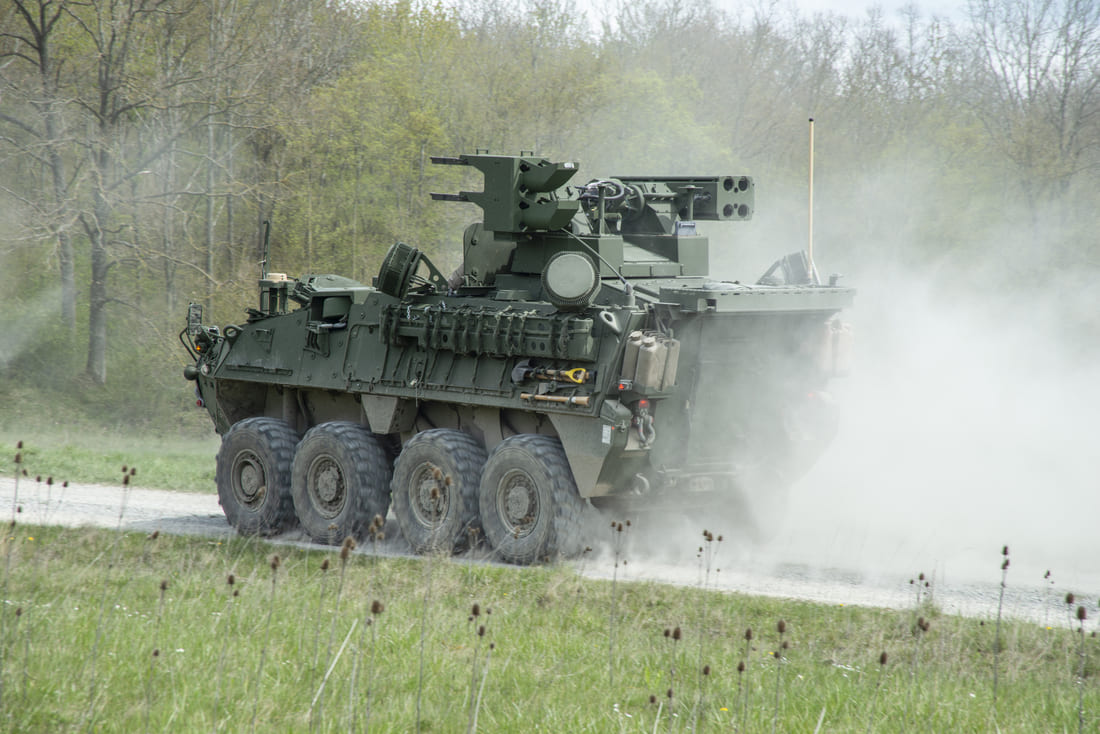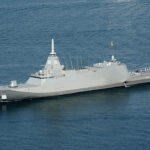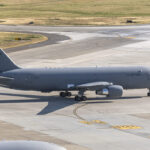The Pentagon has ordered the Army to stand up Joint Interagency Task Force 401 and shut down the Joint Counter-small Unmanned Aircraft Systems Office once the new team is in place.
The memo, signed August 27, gives the Army a central role to pick, buy, and field counter-drone gear across the department. Defense officials confirm the directive is in force and initial actions have begun.
JIATF 401 authorities reporting chain and the end of the JCO
The order assigns two linked moves. First, disestablish the JCO, which has coordinated C-sUAS work since 2020. Second, establish JIATF 401 as the single joint office to deliver counter-small UAS capabilities. The director will report directly to the deputy secretary of defense, not through a service staff line.
The memo gives the director acquisition and procurement authority. It also assigns a support role for “forensics, exploitation, and replication,” which puts tech exploitation, red-teaming takeaways and fast reuse under the same roof as buying.
All department-wide C-sUAS RDT&E shifts to the task force, while service-specific programs of record and U.S. Special Operations Command programs stay under their current ownership. The office can approve up to $50 million per development effort. That ceiling is big enough for serious sprints but small enough to run several efforts in parallel.
The Army secretary must deliver an implementation plan within 30 days of the memo. Monthly updates to senior leadership follow. Budget officials were told to prepare reprogramming actions to realign joint C-sUAS funding toward the task force.
According to industry sources, program managers have already started mapping which projects move and which remain with the services to avoid a stall in deliveries during the handover.
A “sunset review” hits at 36 months. If the model works, it can be extended or formalized; if it lags, leadership will have a clear off-ramp.
Specific tasks, resourcing and near-term deliverables under the memo
The department’s tech leadership will recommend a dedicated C-sUAS test and training range within 30 days. That gives the office a legal, instrumented place to run live threats at scale. The order points to a Joint C-sUAS University that the new director will resource during the upcoming budget review.
Staffing will be joint. Each military department must assign personnel with operations, acquisition, electronic warfare, or intel experience, including at least one field-grade officer per service. The director gets special hiring authorities to bring in a technical lead and four laboratory staff right away, then expand.
Defense officials confirm requests for interagency liaisons are prepared, which opens desks for partners focused on homeland airspace and evidence handling.
Replicator 2 efforts consolidate into JIATF 401 in coordination with the innovation arm. That closes the gap between prototyping and procurement on small-drone counters, a gap that has burned time the last few years. The comptroller will review accounts tied to joint C-sUAS and prepare an above-threshold reprogramming package.
The new office must inventory current joint efforts, align test data and forensics results, then down-select where it sees mature performance. It will document adoption decisions so services know when a joint solution replaces a local one.
According to industry sources, vendors read the $50 million limit per effort as a green light for multiple, focused buys aimed at fixed sites, mobile units and expeditionary kits rather than one monolithic program.
Policy context, airspace orders, Golden Dome tie and what stays outside
The tasking nests inside a broader airspace push launched in June. A recent executive order on restoring American airspace sovereignty set federal priorities for drone detection, interdiction, and coordination with civil authorities. JIATF 401 remains a Defense Department office, but the memo lets the director request day-to-day liaisons from other departments and agencies.
The order carves out what the office does not own. Service programs of record continue, as do U.S. Special Operations Command projects. JIATF 401 can still recommend department-wide adoption if a service system proves strong enough, but the carve-outs prevent churn on programs that are already fielding.
Golden Dome sits in the backdrop. Slides and briefings over the last two weeks outlined a four-layer homeland defense concept with one space-based layer and three ground-based tiers. The lower tier must deal with small drones and cruise missiles at bases and key sites. The new task force runs only the counter-small UAS part, yet its buying power, test access and exploitation role position it to influence that tier’s content and standards. Defense officials confirm the office will coordinate with the homeland defense enterprise to keep interfaces stable while architectures mature.
Field impact timelines and how units will see changes
Units should begin to see cleaner guidance on what to buy and what to retire. The office’s approval limit allows quick awards for components that proved out in recent tests: sensors, RF-focused jammers, command-and-control middleware that stitches tracks together and hard-kill options for drones that ignore soft-kill.
Expeditionary units need light, power-efficient kits. Fixed sites can support heavier radars and directed energy where power and safety rules allow. According to industry sources, several teams are preparing modular packages so the office can mix and match without bespoke integration at every base.
The office will make some hard calls. Several overlapping efforts chase similar targets. Some will end. The memo instructs leaders to focus on speed over process, yet it still routes the task force through recognized acquisition gates with a designated executive overseeing rapid procurements. Our analysis shows this design removes the old split between a “recommending office” and the people who actually hold the money.
The 36-month review forces visible progress. Expect early awards sized under the $50 million ceiling, followed by integration checks and upgrades pulled from exploitation labs. If a service program already covers a need well, the task force can adopt it across the department instead of starting fresh. If a joint kit fits only part of a mission, the office has room to run a second sprint in parallel. That’s the point of the ceiling.
The special hiring authorities might be the quiet difference maker. The director can hire technical leads and lab staff without a long wait, then backfill with service detailers. Talent flows faster when the office controls its billets. According to industry sources, labs that handled red-team drones in recent conflicts are already engaged on staffing calls.
Finally, procurement discipline will decide how smooth the handover feels in the field. The comptroller actions and the Army’s 30-day plan must sync. A mis-timed reprogramming can pause deliveries. Defense officials say the timelines are aligned, but the next two reporting cycles will tell. Units care less about memos and more about kits that arrive complete, with training, spares, and an update path.
REFERENCE SOURCES
- https://www.army.mil/standto/archive/2021/08/27/
- https://media.defense.gov/2025/Aug/28/2003790021/-1/-1/0/ESTABLISHMENT-OF-JOINT-INTERAGENCY-TASK-FORCE-401.PDF
- https://www.defense.gov/News/Releases/Release/Article/4289621/dod-establishes-joint-interagency-task-force-to-deliver-affordable-c-suas-capab/
- https://www.defense.gov/News/News-Stories/Article/Article/4289575/hegseth-calls-for-anti-drone-task-force/
- https://www.defense.gov/About/Deputy-Secretary-of-Defense/
- https://www.defense.gov/About/Biographies/Biography/Article/4122887/hon-steve-feinberg/
- https://www.whitehouse.gov/presidential-actions/2025/06/restoring-american-airspace-sovereignty/
- https://www.whitehouse.gov/fact-sheets/2025/06/fact-sheet-president-donald-j-trump-restores-american-airspace-sovereignty/
- https://federalnewsnetwork.com/defense-news/2025/08/hegseth-directs-army-to-stand-up-interagency-task-force-for-counter-uas/
- https://defensescoop.com/2025/08/28/hegseth-army-new-counter-drone-task-force-jiatf-401/
- https://www.defenseone.com/defense-systems/2025/08/pentagon-stands-new-group-coordinate-anti-drone-efforts/407778/
- https://breakingdefense.com/2025/08/task-force-401-army-to-lead-on-countering-small-uas-tech-with-buying-power/
- https://www.reuters.com/business/aerospace-defense/pentagon-golden-dome-have-4-layer-defense-system-slides-show-2025-08-12/
- https://www.congress.gov/crs-product/R48477



